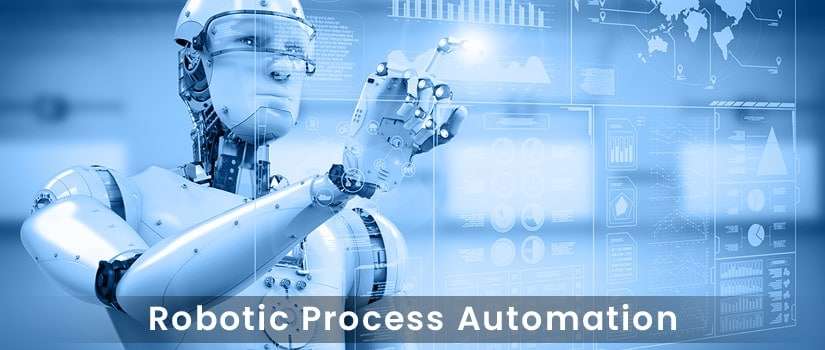Human and Robots are going to have a very engaging relationship in the future as it has started already. Automation would be the survival for the industries. The combination of both requires a process. Robotic Process Automation is the technology where you are allowed to configure computer software, a robot to imitate and integrate the human actions with the digital systems to implement a business process. RPA exploits the user interface to capture data and manipulate the applications just like humans do. They are developed in such a way that they can perform just like the humans even better than them. An RPA software never takes rests and makes no mistakes and the performance is better than a human.
RPA is very different from the other traditional IT solutions. And this difference gives a great impact, it allows organizations to automate with concerning time and cost. RPA is a non-disruptive process, that leverages the infrastructure without any disturbance or loss to the systems, which if happens becomes an expensive affair. RFA does not only take cares of the cost but also solving the time complexity. Thus, RPA has a very different approach of the automation process with a comparison to other traditional solutions.
Fast Implementation and better results
Implementation is always a factor for any technology, why the industry should adopt? What are the benefits and lots of questions? But when it comes to RPA, I would like to take you an example, from a source an HR service provider, were processing 2000 sick leave certificates with an average of five minutes per of them. Then they implemented an RPA solution and within weeks they achieved 90% process automated. The task became easier for RPA to extract data from SAP, inserting information into the customer’s system and then print them. They also got their results within weeks, which was a great return investment for them. They got out with no errors, less manual efforts and processing time reduced by 80%
Reduce efforts
This is one of the most realistic and factual stories, a retailer always finds difficulty closing reports to validate information across his hundreds of stores. The employees used a manual and same lethargic process for these reports to work out which indirectly was time-consuming and because of it more manual efforts were added. By implementing the RPA process the manual process got automated and the employees which were engaged in the manual process can focus on customer-centric activities. The RPA process successfully closes the report to one server and read the information, after reading it settles the information that is needed for closing reports.
Time constraint
Time is the most important commodity or factor to be considered. An insurance company with 40,000 clients globally automated the credit limit request process. This was a real challenge for the underwriters gathering information manually from internal and external sources. RPA, saved their time by 2400 hours which helps employees to focus on customer activities.
Scalable
RPA has been playing a major role parallelly across different industries and geographies from desktop to cloud environments. Thus, it can be easily deployed with minimal cost.
Hence RPA is the technology that is not only for human but with human, so how fast is your industry approaching to RPA?


